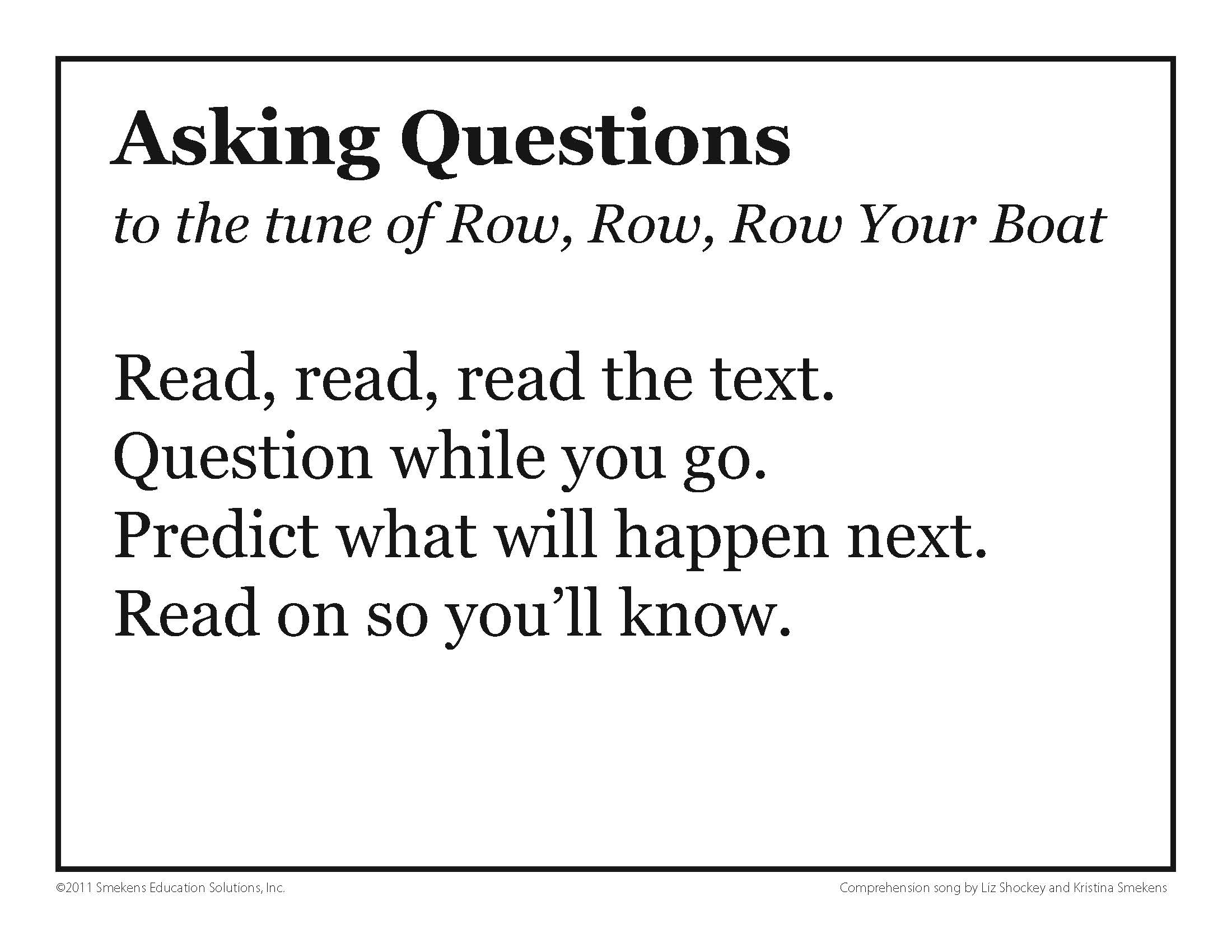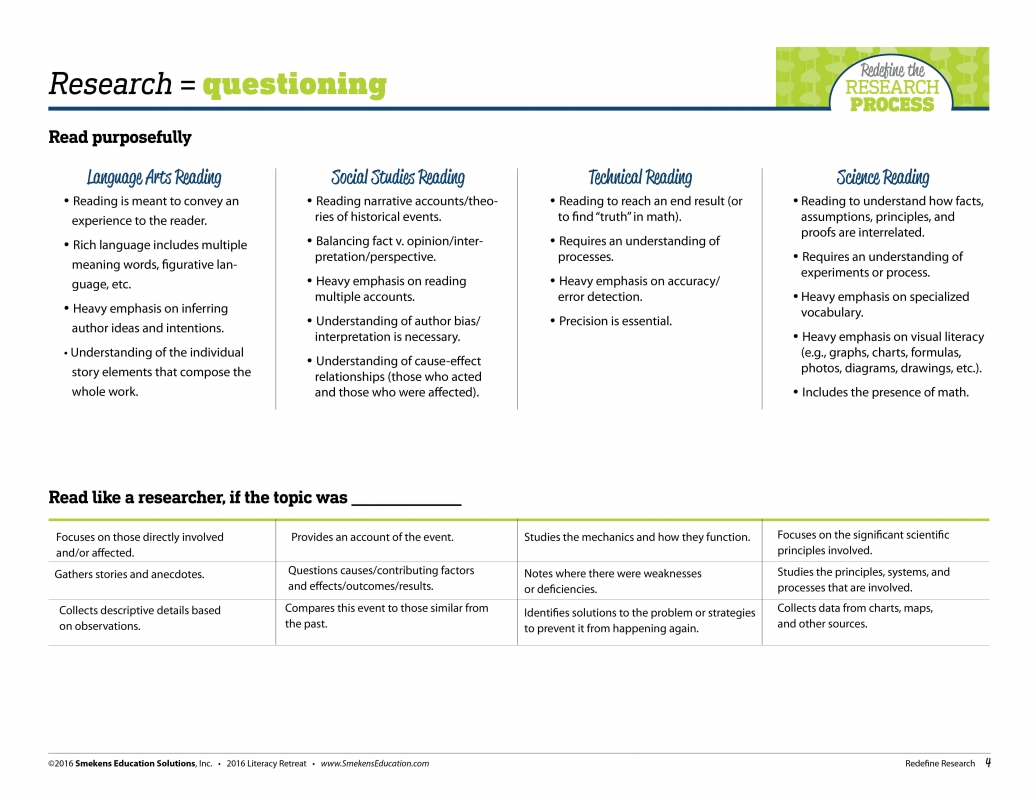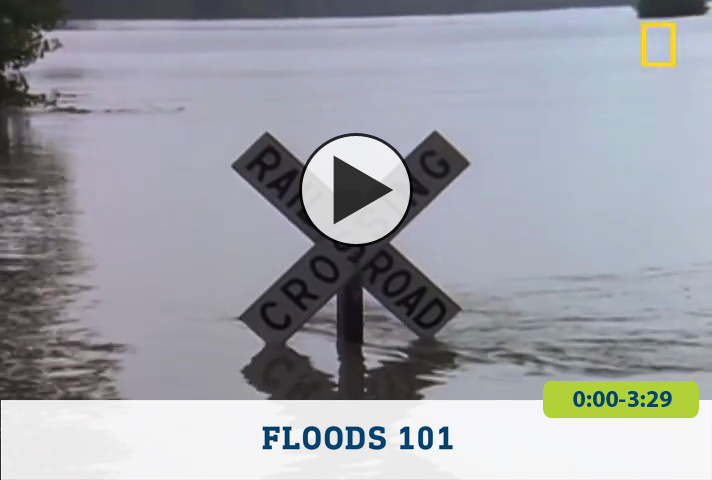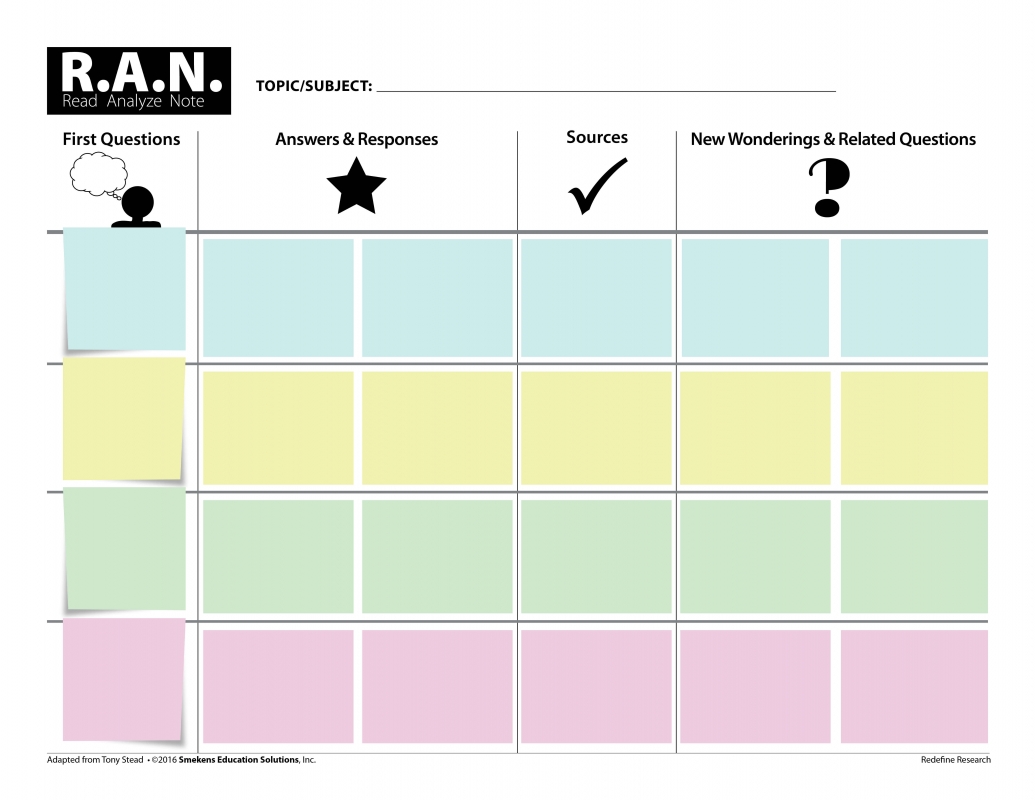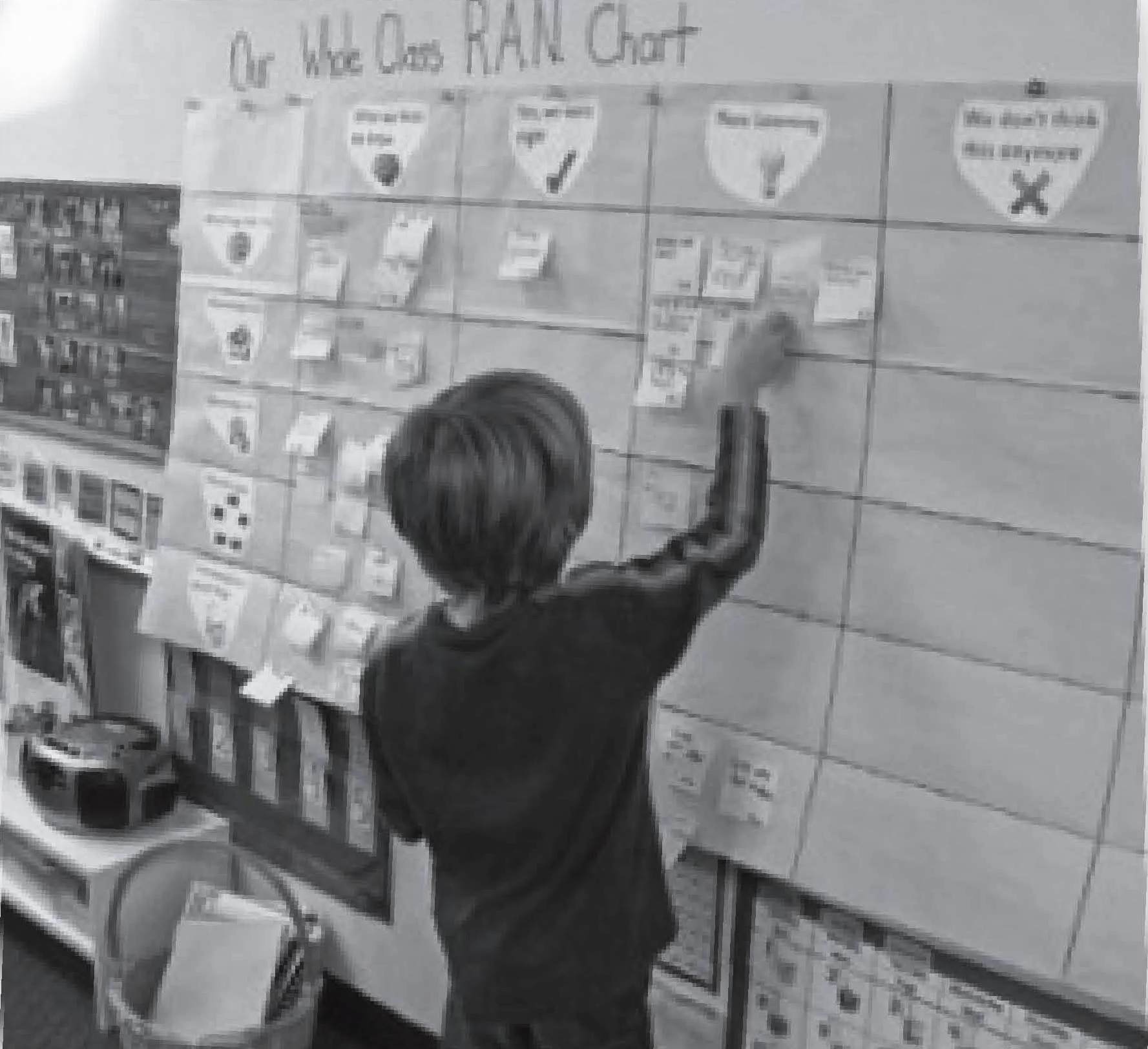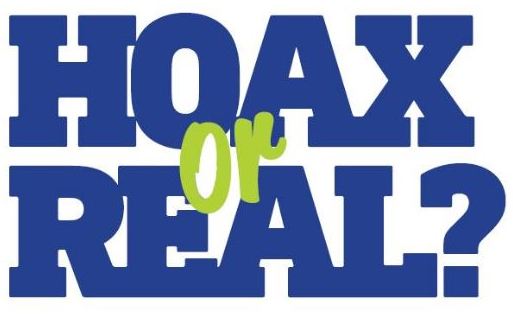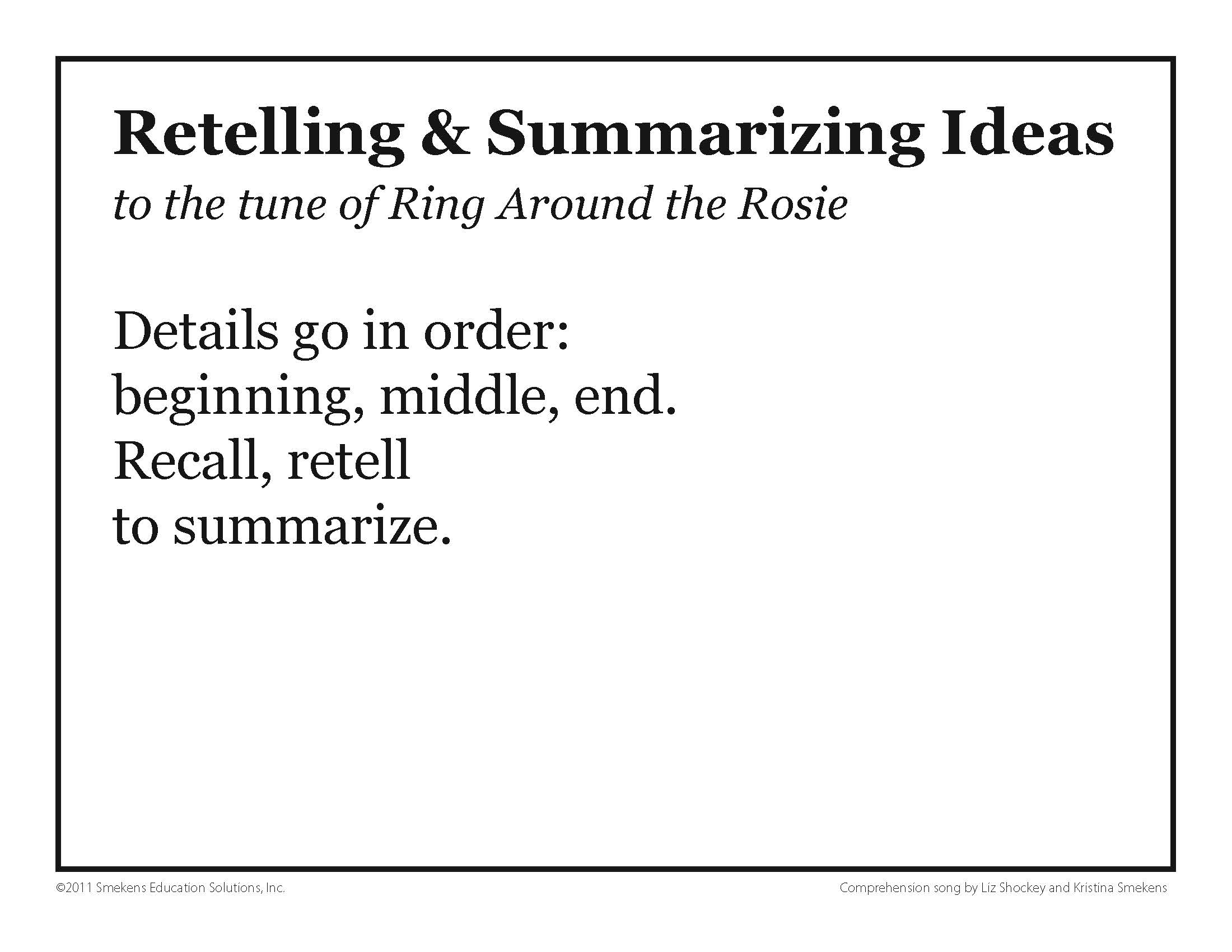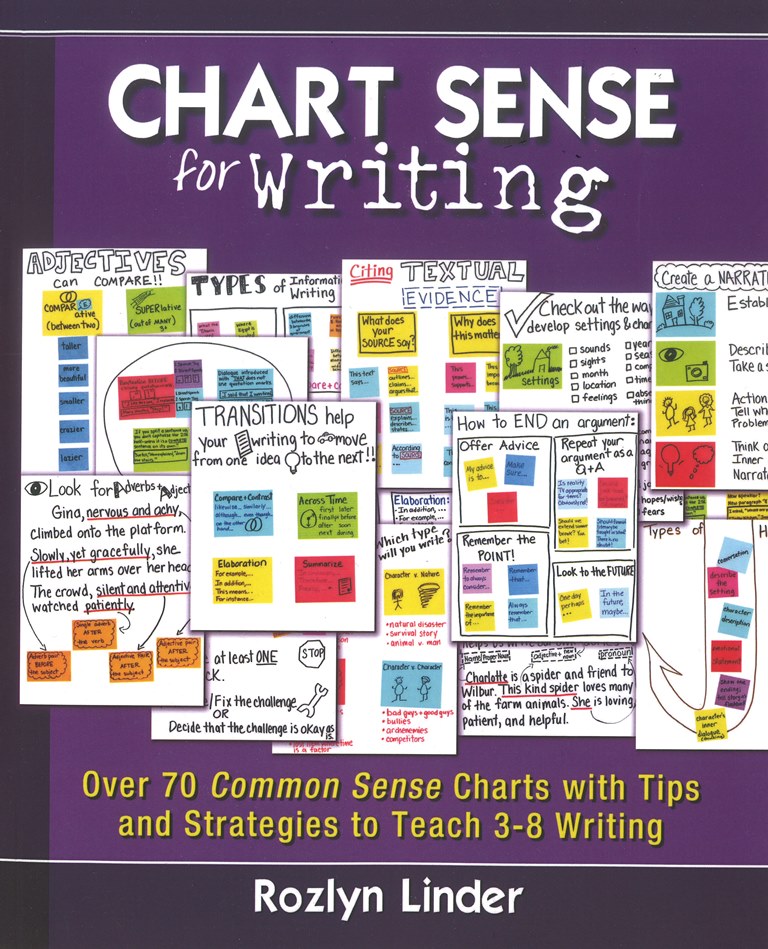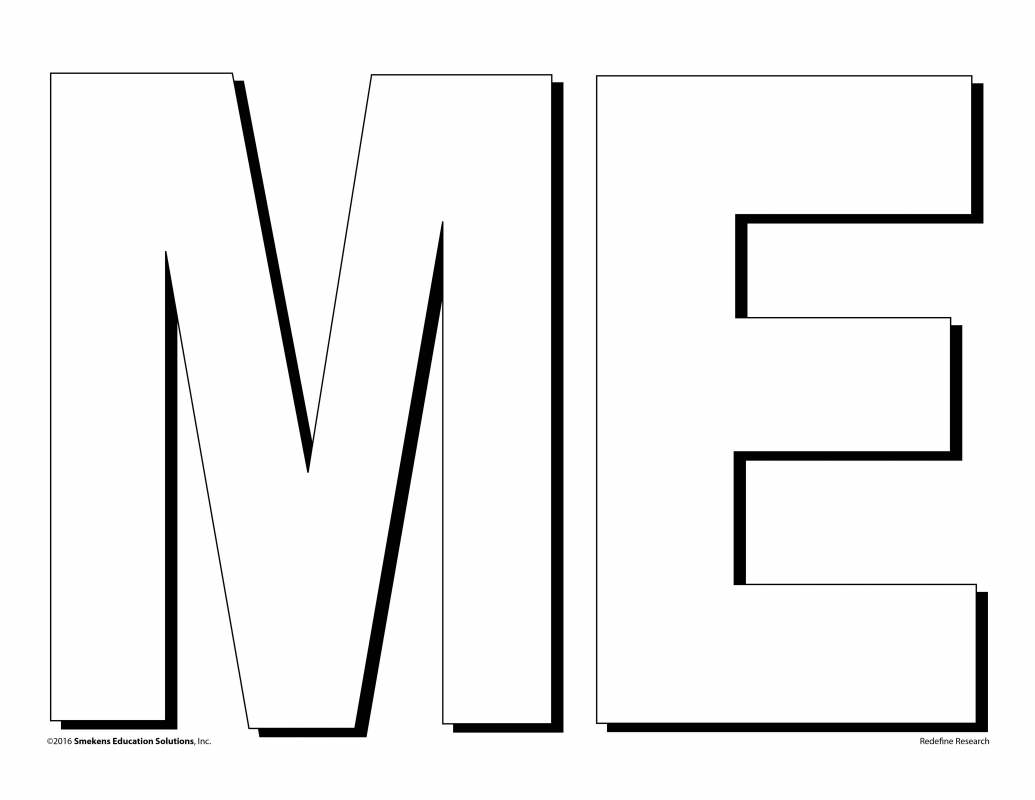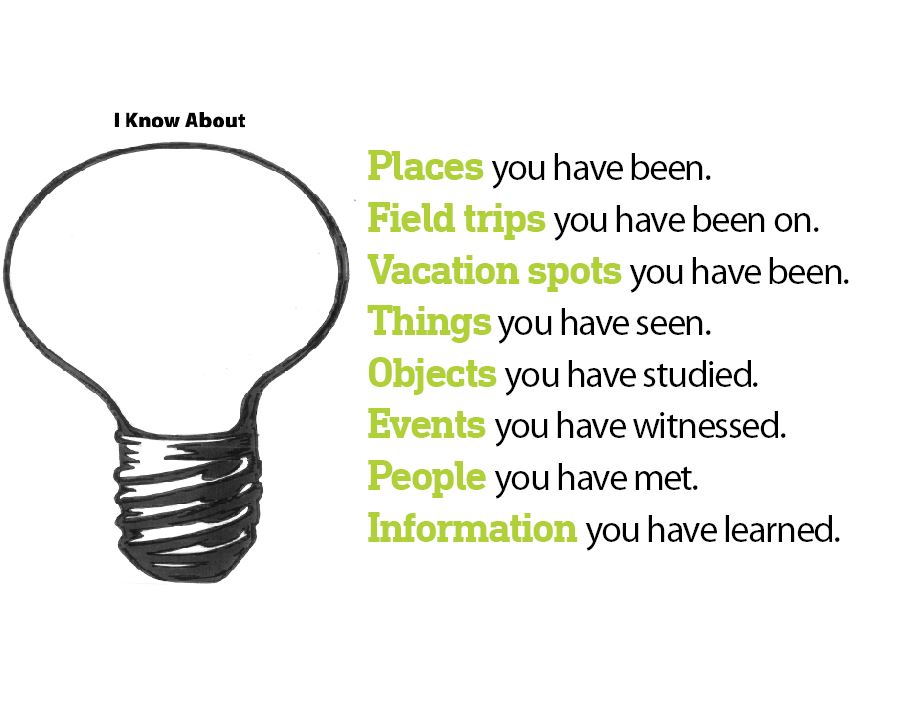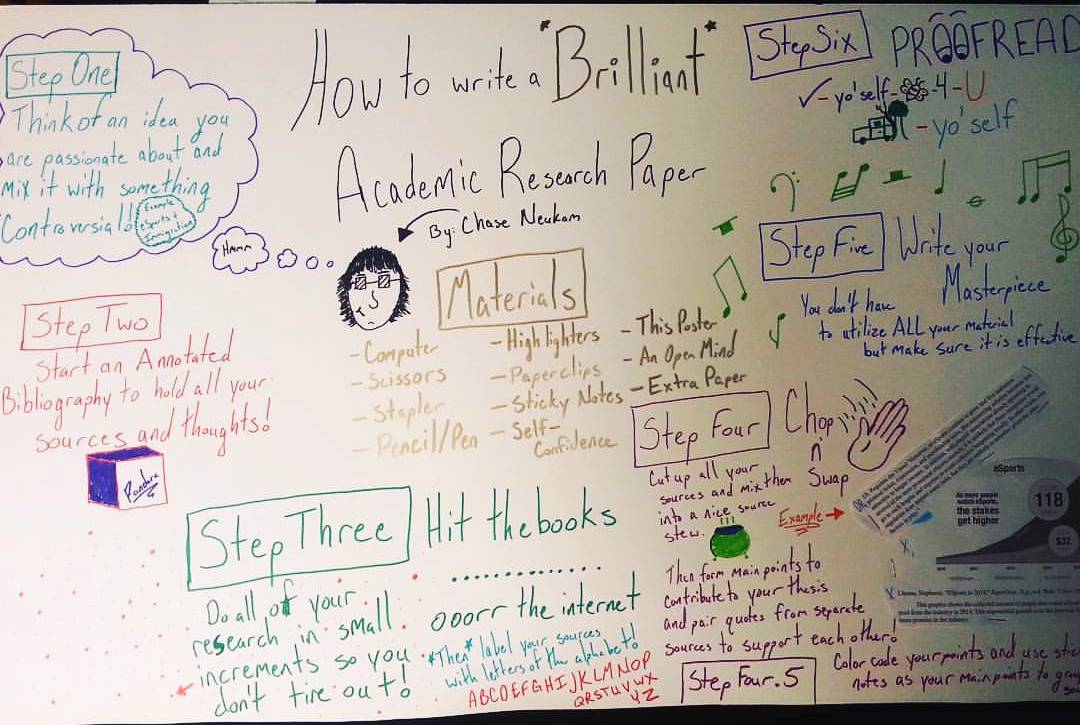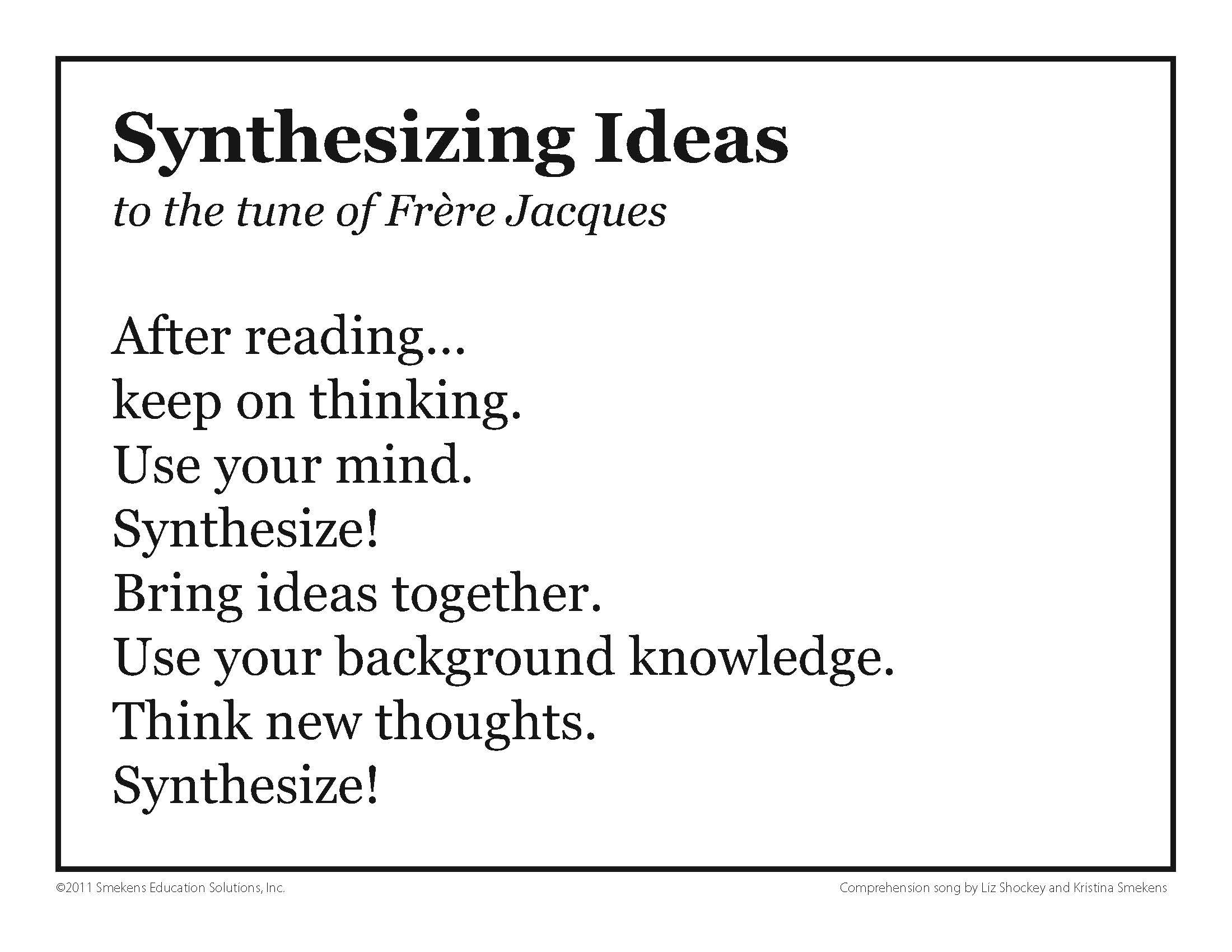Literacy Retreat 2016
SECRET SITE
Redefine the Research Process
Research = Question
Introduce Questioning
Access mini-posters for all the reading comprehension icons, the rationale behind each one, and the song lyrics. Discover more about teaching comprehension lessons in our Learning Center.
Plan text-dependent questions to send students back into the text to research. Wonder walls drive informational text selection. Selecting the right books encourages students’ questioning.
Ask Questions to identify topic to research
Seek to build knowledge on a topic.
- Recall experiences.
- Record observations.
- Explore a single text on a single topic.
- Explore multiple texts on a single topic.
- Investigate multiple facets of a topic.
Seek an answer to a question.
- Model questioning.
- Tap into curiosity with sites like Wonderopolis.
- Reveal others’ questions with sites like Ask.com.
- Facilitate a questioning spirit and then capture their questions.
Seek a solution to a problem.
- Explore debatable topics, issues, ethics, rules, or policies.
- Brainstorm possible topics with desktop graffiti.
Health & P.E. teacher Dave Neuenschwander asked his Adams Central HS (Monroe, IN) students to read articles about bullying in school and concussions in athletics. Students had to respond with a policy/solution that included evidence from the articles.
- Bullying article and writing prompt (Access student responses.)
- Concussion article and writing prompt (Access student responses.)
Narrow the research topic
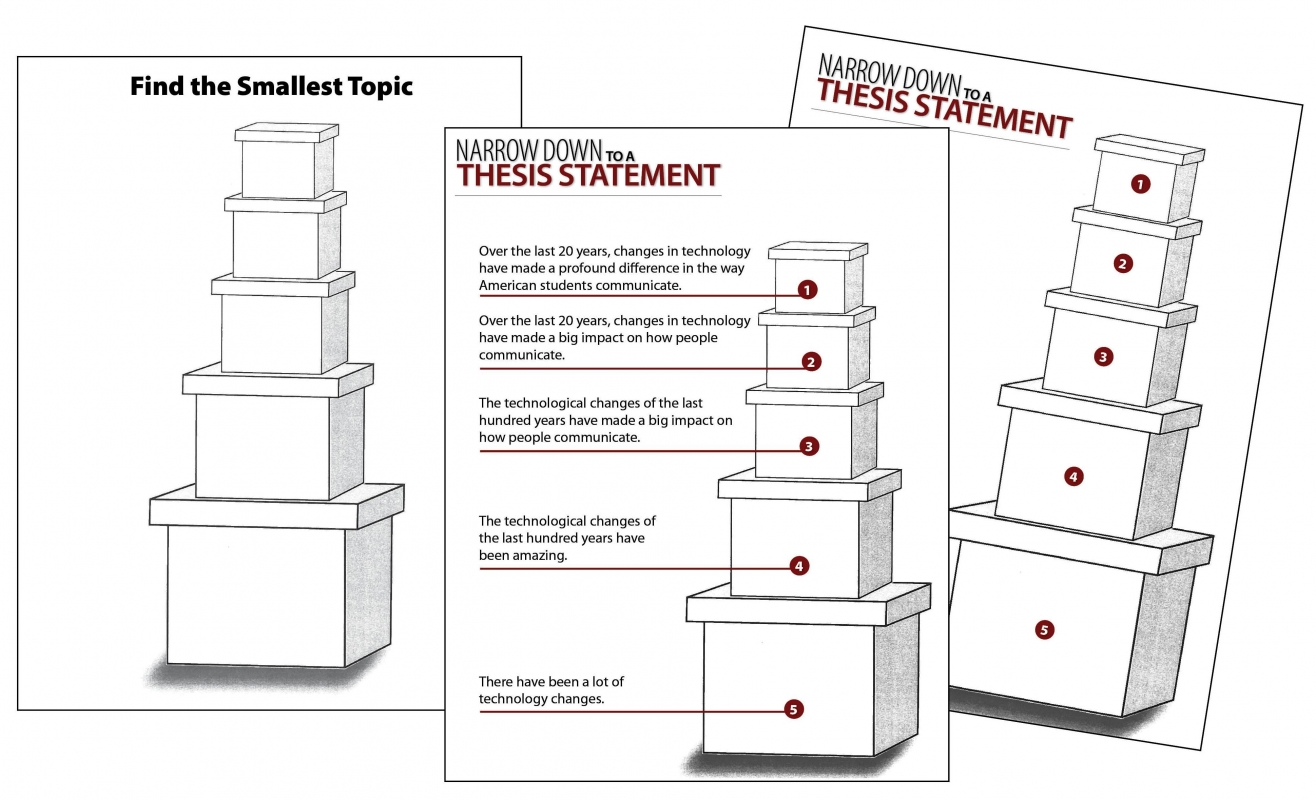
Support elementary writers in finding the smallest topic.
A strong, narrow thesis statement is typically much longer than the broad, general one.
- Target some key skills when preparing to write a research paper, including how to write a strong thesis statement.
- This includes teaching students how to narrow down to a thesis statement using nesting boxes.
Then help students learn how to test their research topic ideas.
Questioning isn’t just done at the beginning. Readers continue to wonder, adding questions while reading.
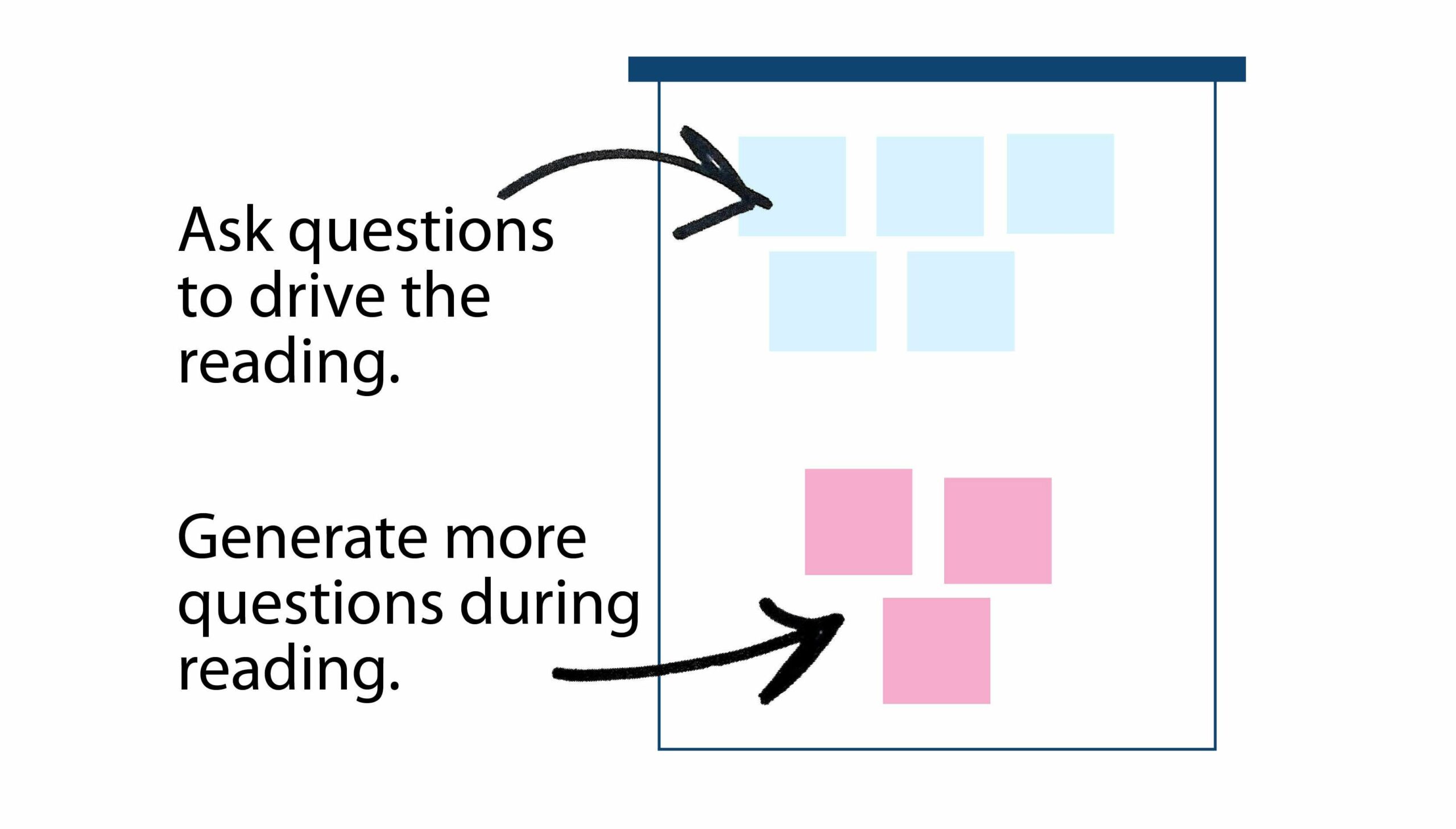
A version of Tony Stead’s R.A.N. Chart puts students more in control of the question generating! This is another great whole-class activity.
Read from sources
Teacher provides sources within text sets.
Motivate students to ask questions by providing text on unfamiliar topics in various text formats.
- Collect research from images.
- Introduce various text types and the purposes they serve. This will prepare students for standardized test questions.
Rather than telling students not to use sites like Wikipedia, teach them how to use them.
Determine credibility
Fact, fiction, or opinion? Carefully evaluate all online information. Clarify the difference between websites that are based on experts or those contributed to by crowd sourcing.
Teach students how to recognize the signs of a fake (or not credible) website.
Consider the possibility of online information being “fake.”
Question perspective
Question loaded words. Readers need to interpret author attitudes, moods, perspectives, and tones. Discuss what visualizations and emotions the words stir within the reader.
- Study the word choice the author uses within these three “Desert Landscape” passages.
- Talk about how word connotation indicates the author’s perspective about a topic.
- Question why the author chose certain words versus other synonym options.
Consider different perspectives with the Split History series or the Perspectives Flip series.
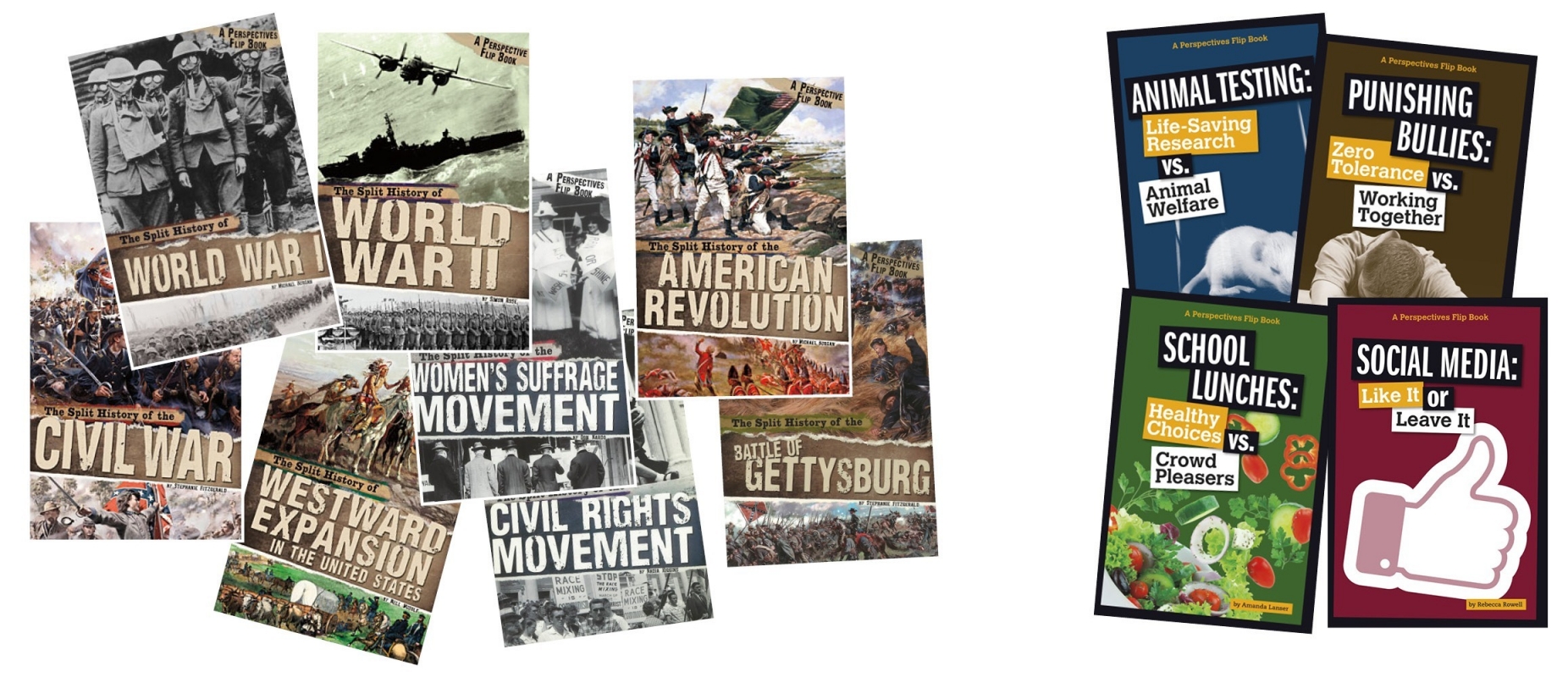
Readers evaluate information across multiple texts on the same topic to determine accuracy and find corroboration.
- Provide an organizer that allows students to capture information for two different perspectives from multiple sources.
- After reading these three articles about the final 2012 Presidential Debate, students could create their own semantic map to compare reporter interpretations.
Some online sources are not meant to be taken seriously—like this obituary written for the Pillsbury Doughboy. They’re not meant to inform, but simply entertain.
Research = question + Summarize
Access mini-posters for all the reading comprehension icons, the rationale behind each one, and the song lyrics. Discover more about teaching comprehension lessons in our Learning Center.
Collect information
One component of the research-writing standards for elementary is that students can recall relevant information from experiences.
It’s one of many practical lesson ideas in Roz Linder’s Chart Sense for Writing.
Build a simple list of information collected.
- Use the ABC Chart (18 x 24 poster, PDF, Word document, Smartboard version).
- Use Boxes & Bullets to identify the key idea and its smaller facts and details.
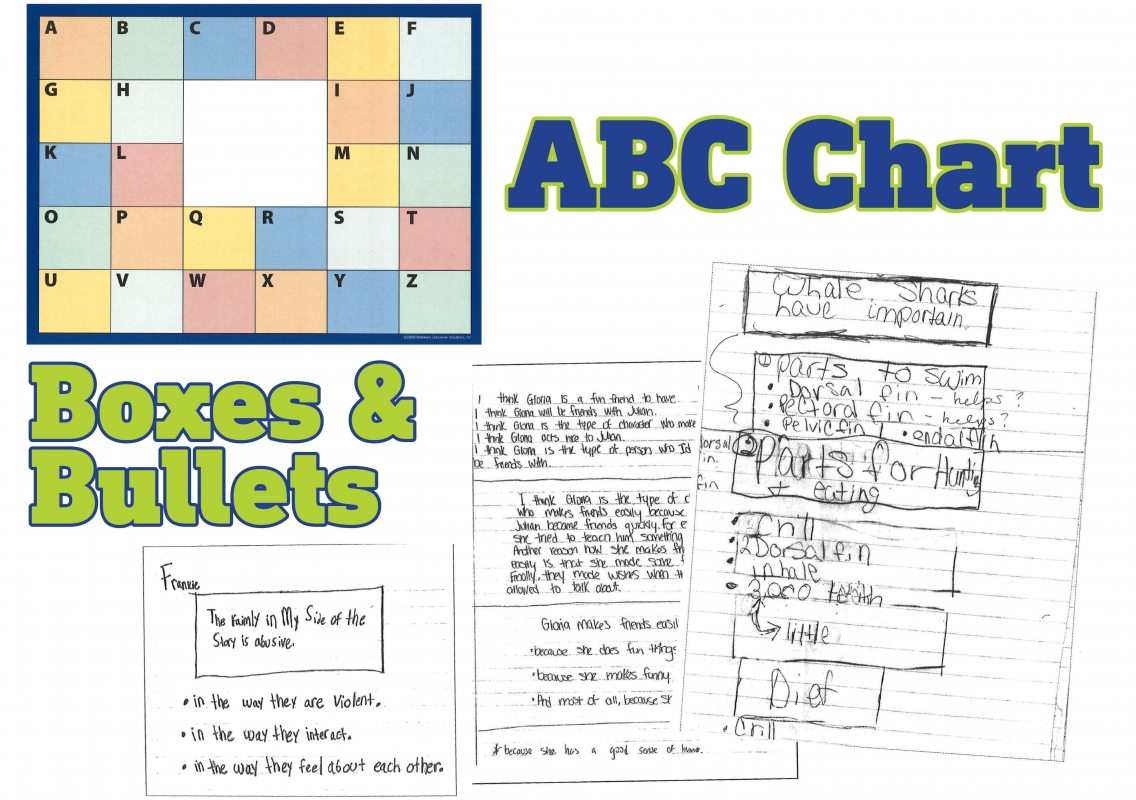
Students should collect and present the important information but also the interesting. Teach them to be on the lookout for Snapple Facts that will teach and engage their readers.
Determine how to collect information and track sources.
- Paper supplies can include sticky notes, index cards, scrap paper. Those could be categorized within this folder and envelope system.
- Digital organization could include Live Binders or Evernote or Google Keep.
- Easy Bib is great for tracking sources.
- Keepvid allows you to download videos and track their original url addresses.
Quote it & Note it
Lifting information, and especially expert opinions, requires explicit instruction.
- Clarify the difference between paraphrasing and summarizing a text.
- Introduce the 4 steps to paraphrasing, and then add the 5th step—checking for accuracy.
- Use the funnel analogy to show how to take information from a retell down to a specific topic.
- Provide students some criteria for when they should utilize a direct quotation versus when they should paraphrase someone’s ideas.
- Citing online sources requires a different set of rules.
Navigate the internet
- Target more advanced searching with these tips and tricks.
- The online Hemingway Library (or HELios) website offers a great PowerPoint of advanced-searching techniques.
- For advanced searching with Google specifically, this article will be powerful.

Research = question + (summarize x Synthesize)
Access mini-posters for all the reading comprehension icons, the rationale behind each one, and the song lyrics. Discover more about teaching comprehension lessons in our Learning Center.
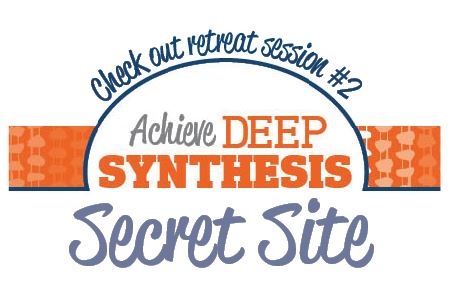
Research = question + (summarize x synthesize) + Present
Since the student conducted the research and is reporting what he learned, it’s natural to state I learned… I know… I found out... For strategies to omit the /I/ from their research writing, check out this Learning Center article.
Part of “presenting” the information is organizing all the information. However, before students write their own sentence/paragraph products, reveal strong examples.
- Write a paragraph (about the recently researched content).
- Cut apart/Separate the sentences.
- Ask students to organize them using their knowledge of related ideas and the support of transition words within the sentences.
This not only reviews the content, but students are practicing writer organization without generating an actual written product of their own.
TIP! Use the Tiny Tap It website to create your own digital versions. This would also help students practice for the drag-and-drop questions on standardized assessments. (View an example by Nadine Gilkison, Technology Integration Specialist at Franklin Community Schools in Indianapolis, IN.)

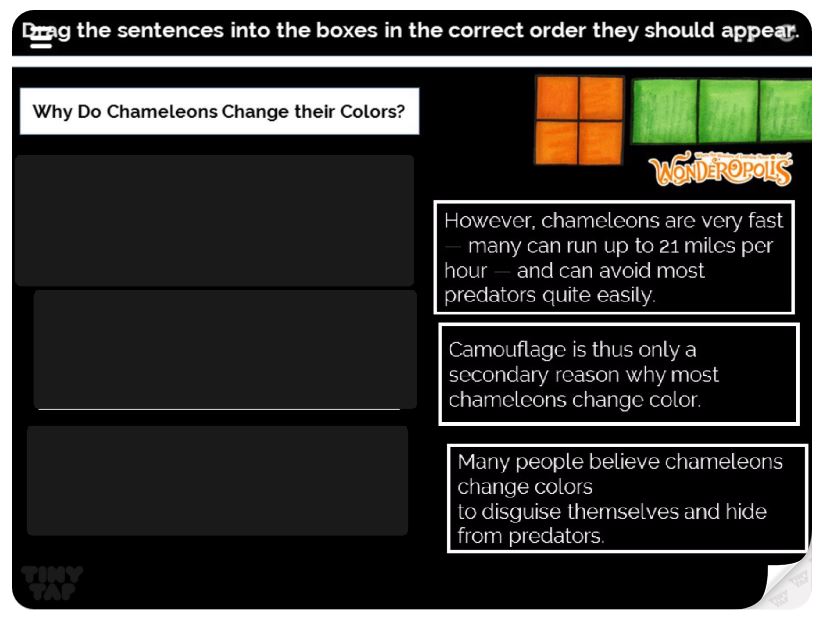
Keep the emphasis on the research process not the product. Look for frequent opportunities for students to generate smaller, faster research products.

1-Sentence-equivalent formats
- The Q&A format allows students to dabble with report writing without requiring a long introduction, logical transitions, and a solid conclusion.
- Information Equations were an idea inspired by Amy Krouse Rosenthal’s book This Plus That: Life’s Little Equations. New understanding can be conveyed through informative equations or argumentative ones.
- Creating a single PPT slide of researched information includes the opportunity to dabble with the research process and teach some technology standards. If students each create one PPT slide on a common topic, then the slides could be combined into an all-class product.
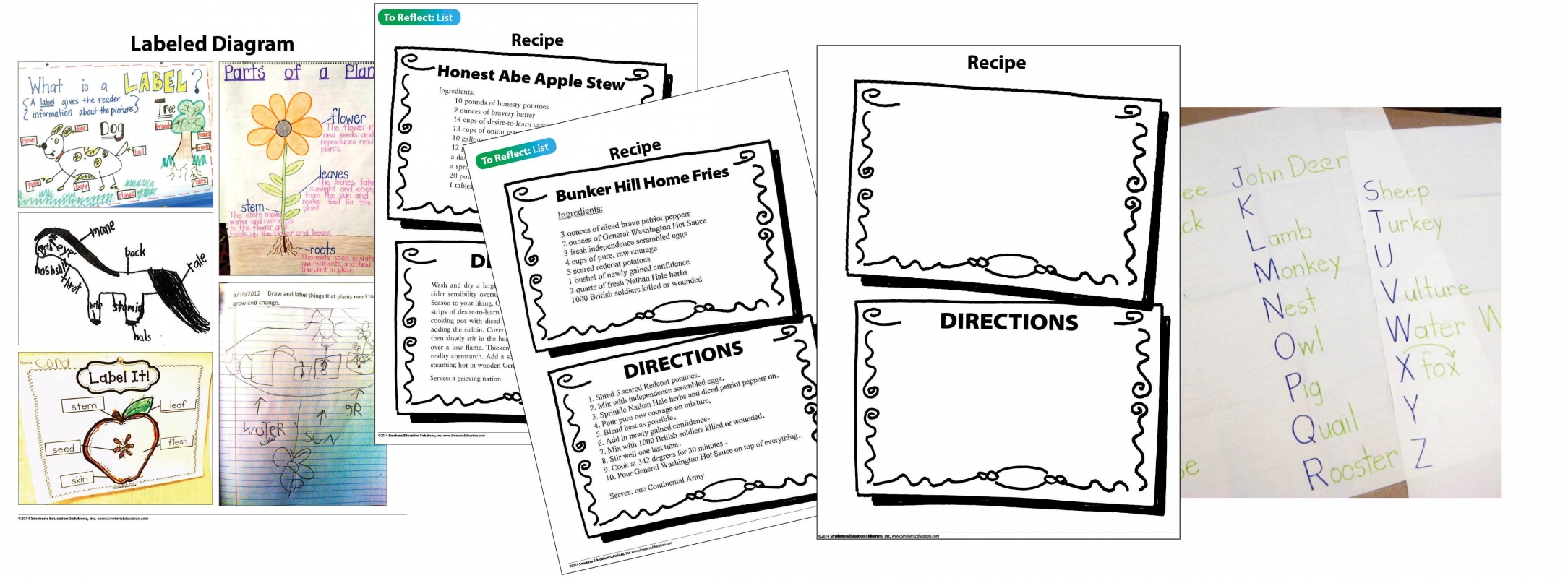
List-equivalent formats
- Labeled diagrams can include the students’ sketching the visual and labeling the parts. Or, you could provide the visual for them to label only.
- When working on how-to procedural writing, start with a picture series that requires students to write captions. This again allows them to focus on the information in the body of the writing and to ignore the need for an introduction and conclusion.
- It will take serious synthesizing to create a “recipe” about a concept. (Here’s one more example; this one by a high school student after studying the 1960s.)
- A list might not include only straight-up information but also the differing perspectives in a two-column chart.
- Whether as a class or individually, students can list out related words associated with a researched topic in the form of an ABC list.

Paragraph-equivalent formats
- Create mini-posters with the researched information. Add QR codes for a tech-piece, too.
- Generate informative poems based on the content.
- Mini-Books offer a “small” alternative to research writing.
- Young writers can start to juggle compare-contrast thinking with a flapbook.
- Pair up primary students to develop one page of an all-class big book. Again, this allows students to experience the mode of writing without the pressure of creating an entire piece individually.
- Especially appropriate when researching biographies, students could create a short obituary or epitaph.

1-Page-equivalent formats
- A more involved foldable would be a valuable format for presenting information that is multi-faceted. A favorite is the layered book.
- Printing a PowerPoint document in “handout” format allows students to create a fact flipper (PPT example).
- Using what they know about the topic, they could “interview the concept.” This would include a list of questions by someone unfamiliar with the topic and “answers” from the perspective of the topic.
- Here are 5 more short-research products that all include digital products.
Multi-Page-equivalent formats
- Consider a nontraditional research paper—the multigenre-research project.
- Oral presentations of three or more minutes are an alternative to writing a long paper. For a biography unit, this might culminate with a Wax Museum.

